
The field of modern medicine has a myriad of diagnostic procedures and techniques, with one of the most common yet vital techniques being the biopsy. A biopsy is a medical procedure that entails removing a small sample of tissue or cells from a particular part of the body for further microscopic examination. This enabled physicians to diagnose a variety of medical conditions, predominantly cancer. Given the role of biopsies in healthcare, this article will delve into a specific type of biopsy, the Excisional Biopsy, exploring its definitions, purpose, procedure, preparation, risks, aftercare, and significance in today’s healthcare landscape.
Definition of Excisional Biopsy
An Excisional Biopsy is a detailed diagnostic procedure where an entire lump or suspicious area (lesion) is removed, predominantly for cancer testing. This procedure is contrary to other biopsy approaches, such as core needle biopsy or incisional biopsy, where only a part of the lesion is removed. The distinguishing factor lies in the nature of tissue removal, with excisional biopsy providing a complete tissue sample, contributing to a comprehensive analysis and accurate diagnosis.
The Purpose of an Excisional Biopsy
Critical medical conditions such as cancer, dermatological conditions, or lymphoma often necessitate the use of Excisional Biopsy. Moreover, when other biopsy procedures leave a diagnosis unclear or when a lump is small enough to be entirely removed, an Excisional Biopsy is the go-to diagnostic procedure. Its defining characteristic is its thorough nature, enabling the biopsy to provide a definitive diagnosis.
The Procedure of Excisional Biopsy
The Excisional Biopsy begins with the administration of local or general anesthesia. A surgeon then makes an incision in the skin and removes the whole lump or abnormal tissue area using surgical tools. The surrounding margin of healthy tissue is also extracted to ensure no abnormal cells remain. The ensuing role of medical professionals is vital, involving pathologists who carefully investigate the sample under a microscope to deduce the presence of any disease.
Preparation for an Excisional Biopsy
Preparation for this procedure involves an initial consultation with the surgeon to discuss medical history, allergies, and current medications. Patients should refrain from taking certain medicines and substances that can interfere with clotting. Adequate hydration and a good night’s sleep are also recommended before the procedure.
Possible Risks and Aftercare of Excisional Biopsy
While Excisional Biopsy is largely safe, it may entail a few risks such as infection, bleeding, or an allergic reaction to anesthesia. Post-procedure aftercare is crucial to expedite the healing process and prevent complications, involving wound care, pain management, and possibly, follow-up treatments depending on the biopsy results.
Get to know us better
If you are reading this, you are in the right place – we do not care who you are and what you do, press the button and follow discussions live

The Role of Excisional Biopsy in Modern Healthcare
Excisional Biopsy indisputably contributes to diagnosing serious health conditions, particularly cancers. Medical advancements have refined this procedure, rendering it increasingly accurate and more comfortable for patients. This diagnostic tool has proven instrumental in early disease detection and ensuring timely, effective treatment.
Conclusion
The Excisional Biopsy remains a cornerstone in diagnostic medicine, renowned for its accuracy and comprehensive nature. It enables medical professionals to diagnose a plethora of health conditions, improving patient outcomes significantly.
Frequently Asked Questions
- What makes an excisional biopsy different from other types of biopsies?
Unlike other biopsies that remove only a part of the lump, an excisional biopsy involves removing the entire lump or suspicious area.
- Is it painful to have an excisional biopsy?
While pain is subjective, the procedure is done under local or general anesthesia, thereby minimizing discomfort. Mild pain can be experienced post-procedure and is usually managed with over-the-counter painkillers.
- How long does the recovery process take after an excisional biopsy?
The recovery time varies from patient to patient, based on the biopsy site and individual health conditions. However, most patients recover within one to two weeks.
- What are the potential risks of having an excisional biopsy?
The risks associated with an excisional biopsy include infection, bleeding, and allergic reactions to anesthesia. These risks are minimal and managed by careful aftercare.
- How significant is excisional biopsy in diagnosing diseases?
Excisional biopsy is highly significant in diagnosing various diseases, particularly cancers. It provides a thorough diagnosis, enabling early detection and treatment of formidable health conditions.
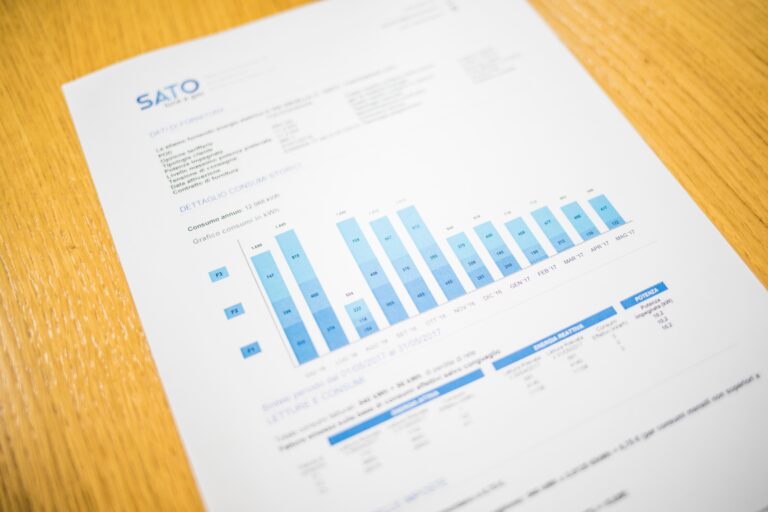





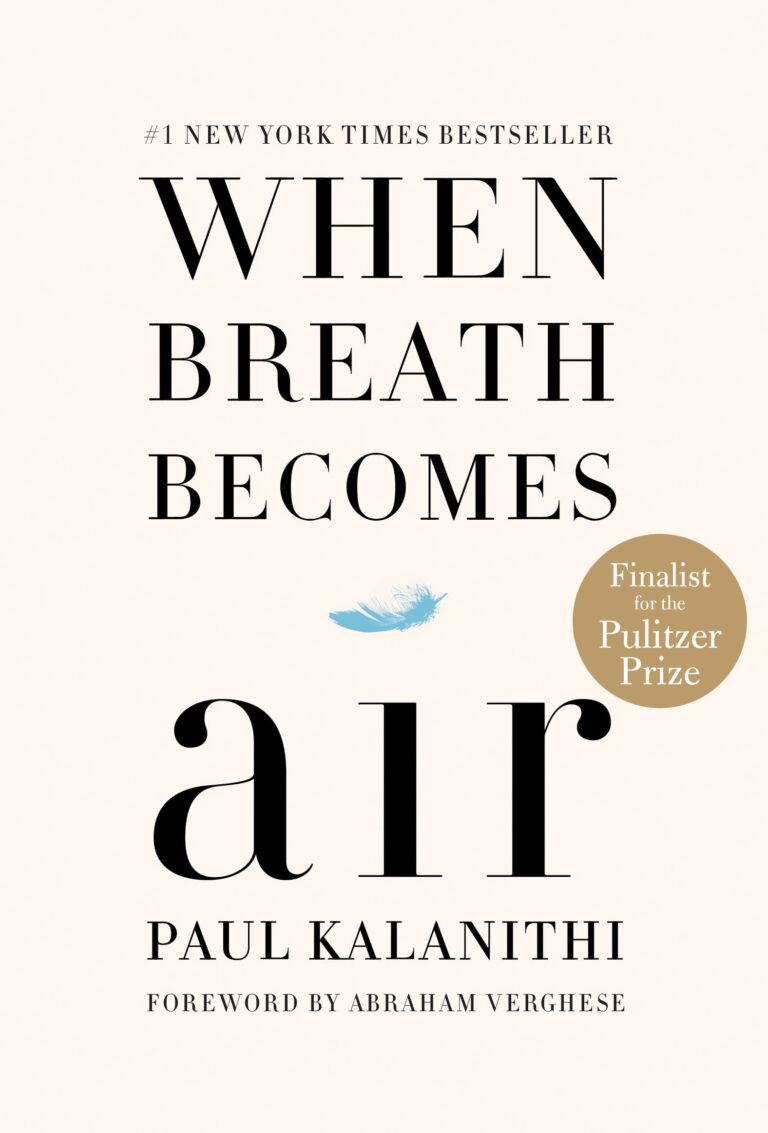

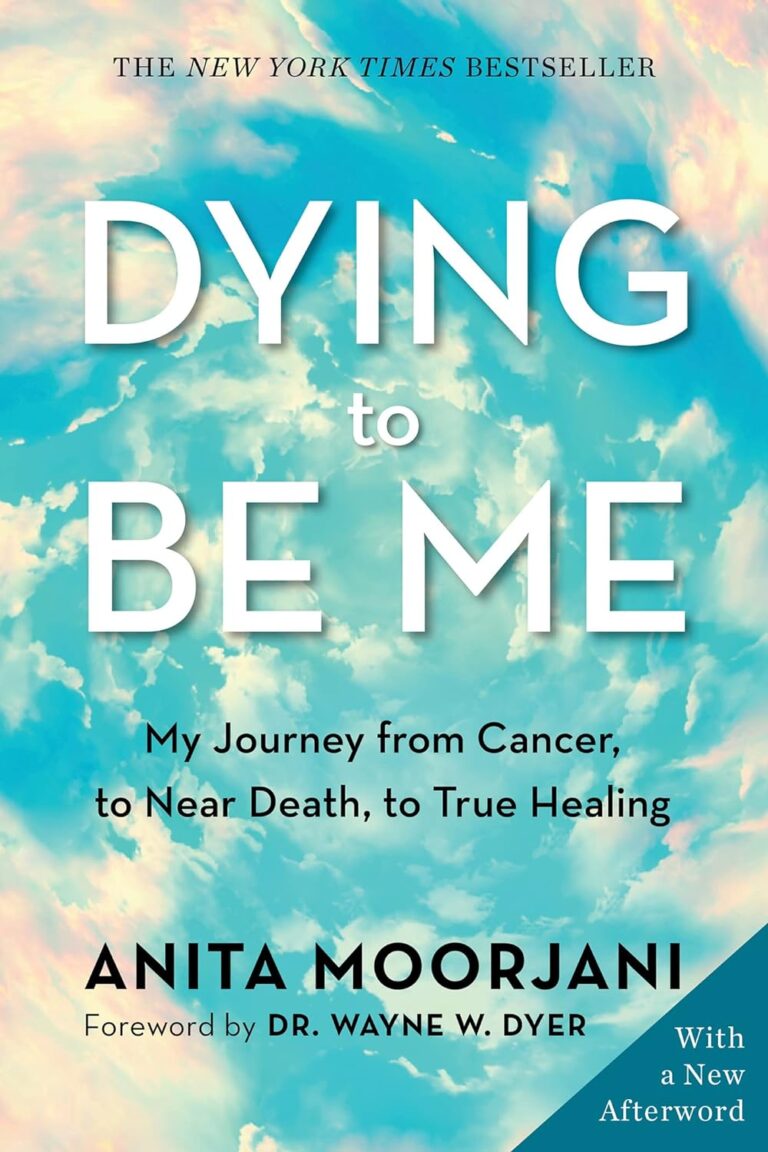


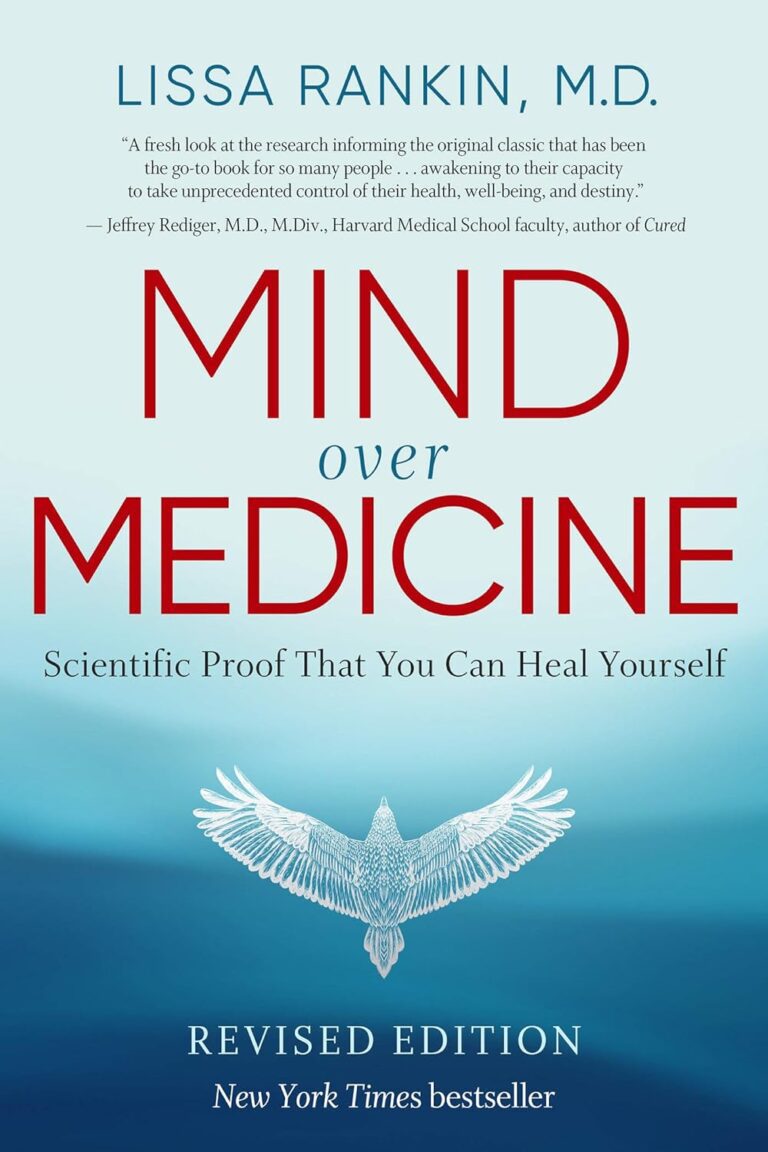



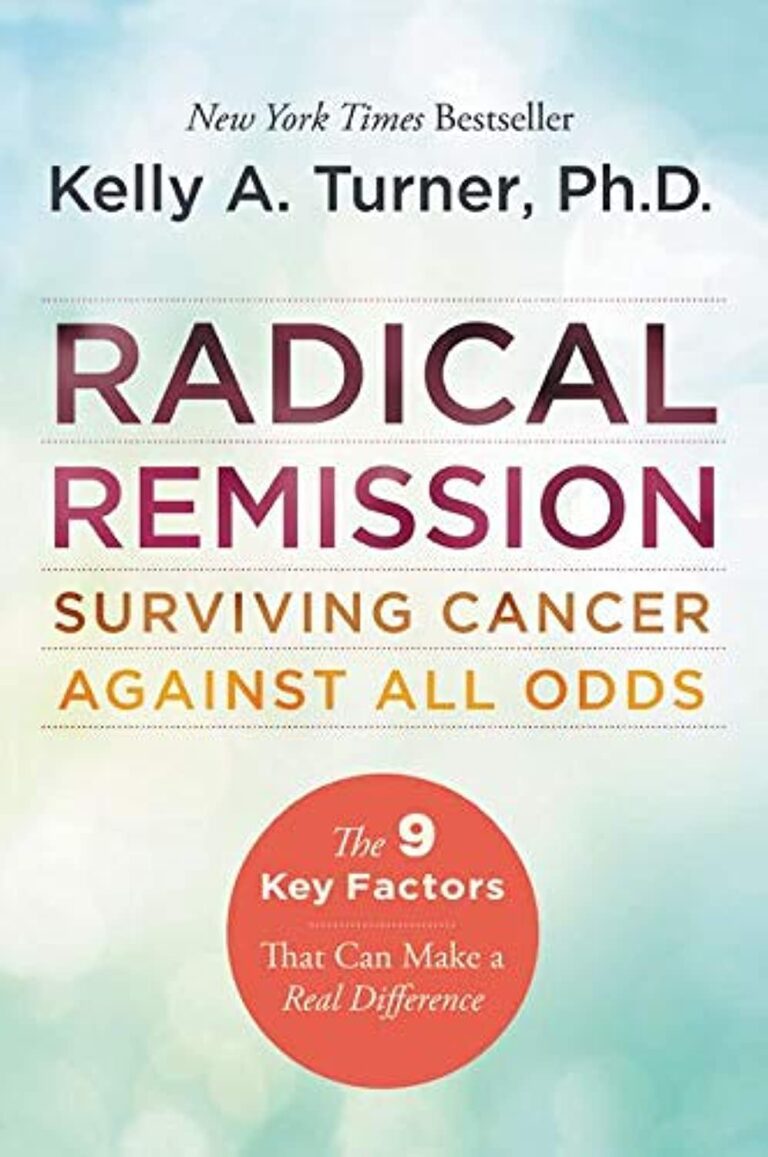

Comments
Thank you. Comment sent for approval.
Something is wrong, try again later